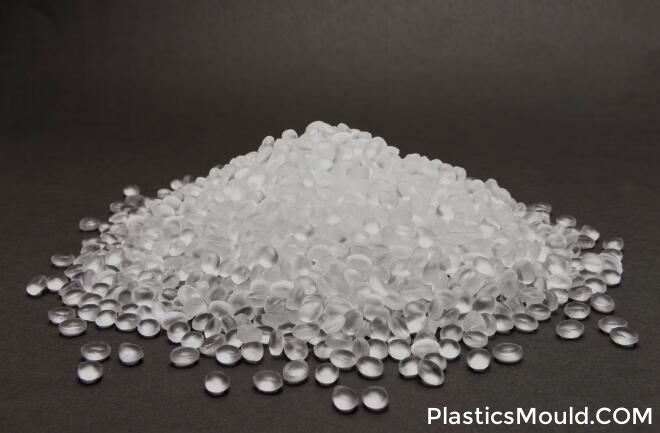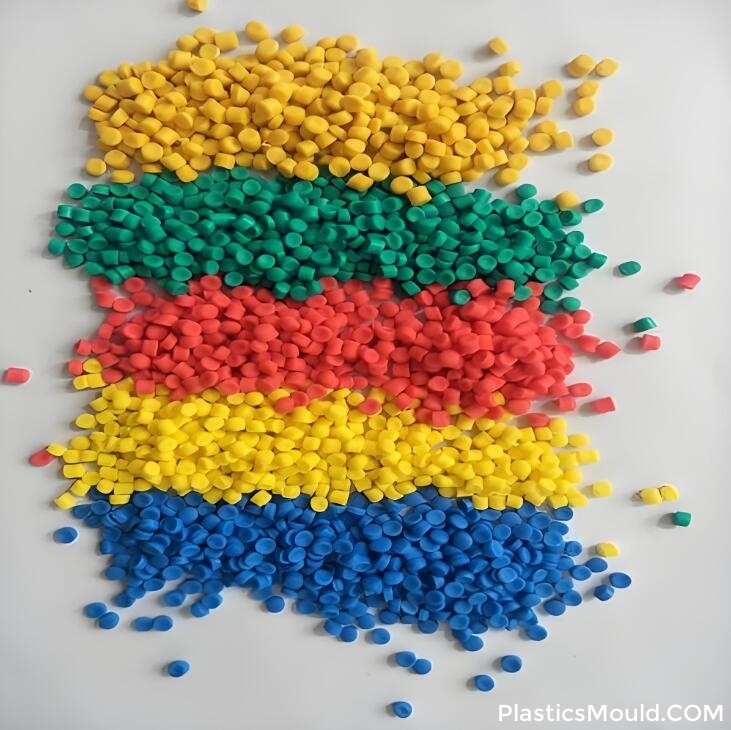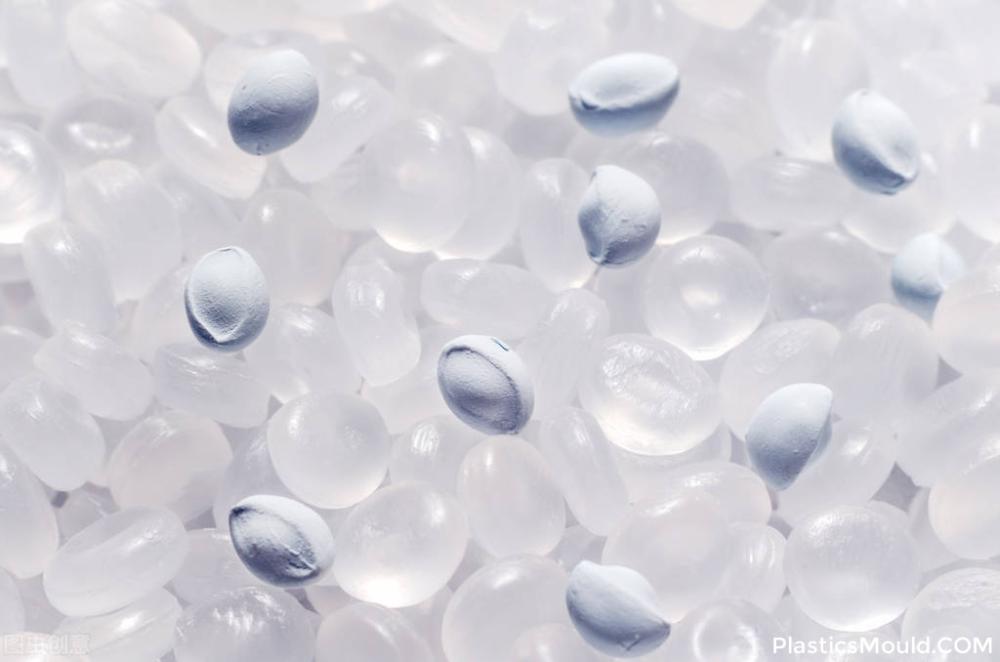What Is Polyethylene?
- 2025-02-18
Polyethylene, often abbreviated as PE, is one of the most widely used and versatile plastics in the world. From packaging materials to construction applications, polyethylene plays a pivotal role in modern industries and everyday life. But what exactly is polyethylene, and why is it so prevalent? In this article, we’ll delve into its chemical structure, types, properties, applications, and environmental considerations.

The Basics of Polyethylene
Polyethylene is a thermoplastic polymer, meaning it becomes pliable or moldable at elevated temperatures and solidifies upon cooling. It is composed of long chains of ethylene monomers (C₂H₄), which are derived from petroleum or natural gas through a process called polymerization. The simplicity of its molecular structure—essentially a chain of carbon atoms with hydrogen atoms attached—contributes to its versatility and adaptability.
Types of Polyethylene
Polyethylene comes in several forms, each with distinct characteristics suited to specific applications. The most common types include:
1. Low-Density Polyethylene (LDPE):
LDPE has a highly branched molecular structure, making it lightweight, flexible, and resistant to moisture. It is commonly used in plastic bags, shrink wraps, squeeze bottles, and food packaging.
2. High-Density Polyethylene (HDPE):
HDPE has a linear molecular structure with minimal branching, resulting in a denser and more rigid material. It is known for its strength and durability, making it ideal for products like milk jugs, detergent bottles, and piping systems.
3. Linear Low-Density Polyethylene (LLDPE):
LLDPE combines the properties of LDPE and HDPE. It offers flexibility and strength, often used in stretch films, agricultural films, and heavy-duty bags.
4. Ultra-High-Molecular-Weight Polyethylene (UHMWPE):
UHMWPE is an extremely dense form of polyethylene with exceptional toughness and wear resistance. It is used in applications such as medical implants, bulletproof vests, and industrial equipment.
5. Cross-Linked Polyethylene (PEX):
PEX is chemically modified to create cross-links between polymer chains, enhancing its heat resistance and durability. It is commonly used in plumbing systems and radiant heating applications.
Properties of Polyethylene
Polyethylene’s popularity stems from its unique combination of properties:
- Lightweight: Despite its strength, polyethylene is remarkably lightweight.
- Chemical Resistance: It resists most acids, bases, and solvents, making it suitable for chemical storage.
- Moisture Resistance: Its water-repellent nature makes it ideal for packaging and waterproofing.
- Flexibility: Depending on the type, polyethylene can range from rigid to highly flexible.
- Electrical Insulation: It is an excellent insulator, widely used in wiring and cable applications.
- Recyclability: Polyethylene can be recycled into new products, although the ease of recycling varies by type.
Applications of Polyethylene
Polyethylene’s diverse properties make it indispensable across various industries:
1. Packaging:
One of the largest markets for polyethylene is packaging. It is used to create plastic bags, films, containers, caps, and bottles for food, beverages, and consumer goods.
2. Construction:
In construction, polyethylene is utilized for pipes, geomembranes, insulation materials, and vapor barriers due to its durability and resistance to moisture.
3. Healthcare:
Medical-grade polyethylene is used in prosthetics, surgical implants, and pharmaceutical packaging because of its biocompatibility and strength.
4. Automotive:
In the automotive sector, polyethylene is found in fuel tanks, interior components, and protective coatings.
5. Agriculture:
Farmers rely on polyethylene films for greenhouse coverings, irrigation pipes, and silage wraps.
6. Consumer Goods:
Everyday items like toys, household containers, and cutting boards are often made from polyethylene.
Environmental Considerations
While polyethylene offers numerous benefits, its widespread use raises environmental concerns:
- Plastic Waste: Polyethylene products contribute significantly to global plastic waste. Improper disposal leads to pollution in oceans and landfills.
- Recycling Challenges: Although polyethylene is recyclable, not all facilities are equipped to handle it efficiently. Contamination and mixed plastic streams complicate the process.
- Biodegradability: Polyethylene is not biodegradable under natural conditions, leading to long-term environmental persistence.
To address these challenges, researchers are exploring biodegradable alternatives and improved recycling technologies. Additionally, initiatives promoting reduced plastic use and increased recycling are gaining traction worldwide.
The Future of Polyethylene
As industries evolve and sustainability becomes a priority, polyethylene continues to adapt. Advances in polymer science are leading to the development of bio-based polyethylene made from renewable resources like sugarcane. These innovations aim to reduce reliance on fossil fuels while maintaining the material’s desirable properties.
Furthermore, circular economy models are being implemented to minimize waste by recycling polyethylene into new products repeatedly. Governments and organizations are also investing in education campaigns to encourage responsible plastic use and disposal.
Conclusion
Polyethylene is a remarkable material that has revolutionized countless industries with its versatility and practicality. From everyday household items to critical infrastructure components, its applications are nearly limitless. However, as we continue to benefit from this ubiquitous polymer, it’s essential to address its environmental impact through sustainable practices and innovative solutions. By doing so, we can ensure that polyethylene remains a valuable resource for generations to come.
-
TAG:
No more



Send Your Inquiry Now